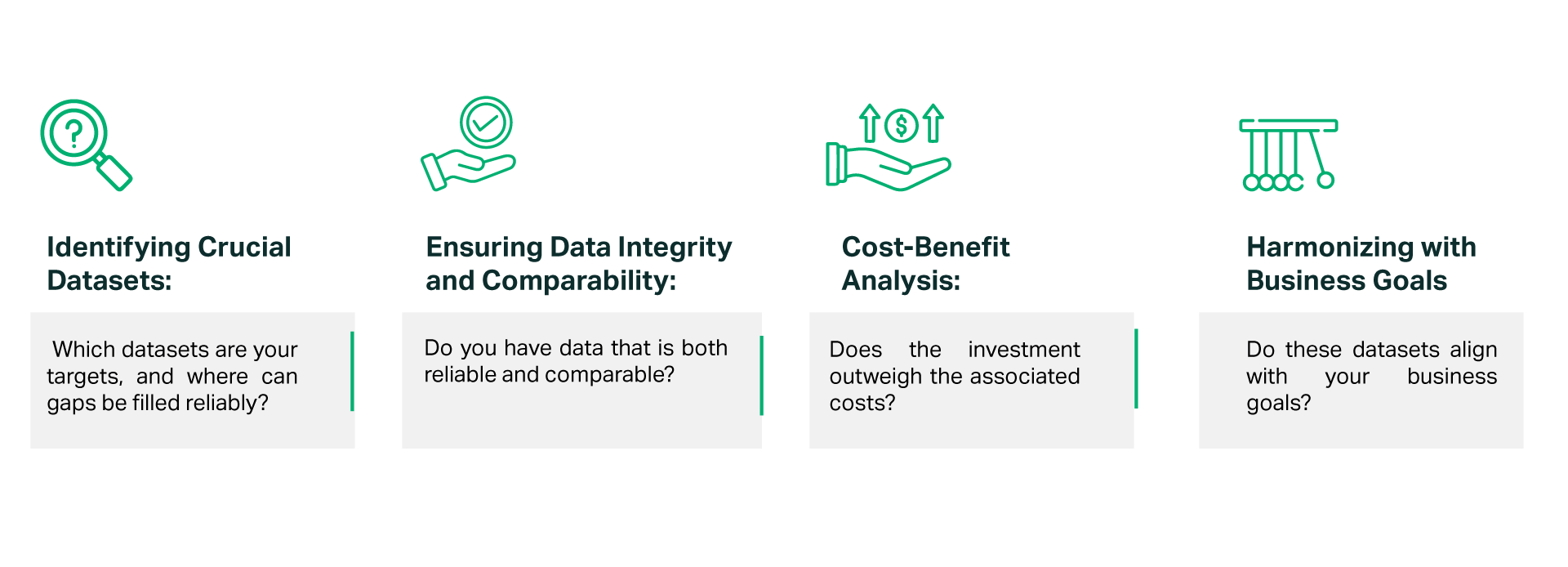Making astute business decisions requires precision in the selection of the right datasets in today's data-driven world. The following questions must be carefully considered:
 Managing and utilizing data effectively has become increasingly complex as data inundates every aspect of modern business. As data has become increasingly accessible, organizations face the challenge of analyzing and leveraging it. With data-driven decisions steering the course of businesses, analyzing and leveraging data has become the linchpin of organizational success.
Managing and utilizing data effectively has become increasingly complex as data inundates every aspect of modern business. As data has become increasingly accessible, organizations face the challenge of analyzing and leveraging it. With data-driven decisions steering the course of businesses, analyzing and leveraging data has become the linchpin of organizational success.
After identifying critical data points, strategies for acquiring and utilizing them are developed. In order to pinpoint datasets containing the key insights, it is crucial to understand what needs to be collected, how it can be acquired, and which areas of the organization will benefit most from analytics.
When organizational data is lacking, a strategic approach must be devised for acquiring it. The journey begins with an evaluation of existing organizational data. Whether data is collected from internal sources or external sources, crucial decisions must be made regarding the method of collection. This involves considering the four Vs of the data—volume, velocity, variety, and veracity.
Furthermore, organizations must identify which data sources yield the most valuable insights, thereby streamlining the data pipeline and mitigating the potential for inaccuracies due to disparate reporting systems across departments. In order to harmonize data from multiple sources, centralized data analytics platforms are the most effective solution.
Using data targeting in alignment with organizational objectives reduces costs as well as maximizes the value derived from them. This strategic approach ensures that the organization harnesses the full potential of its data resources, driving it towards data-driven excellence.







